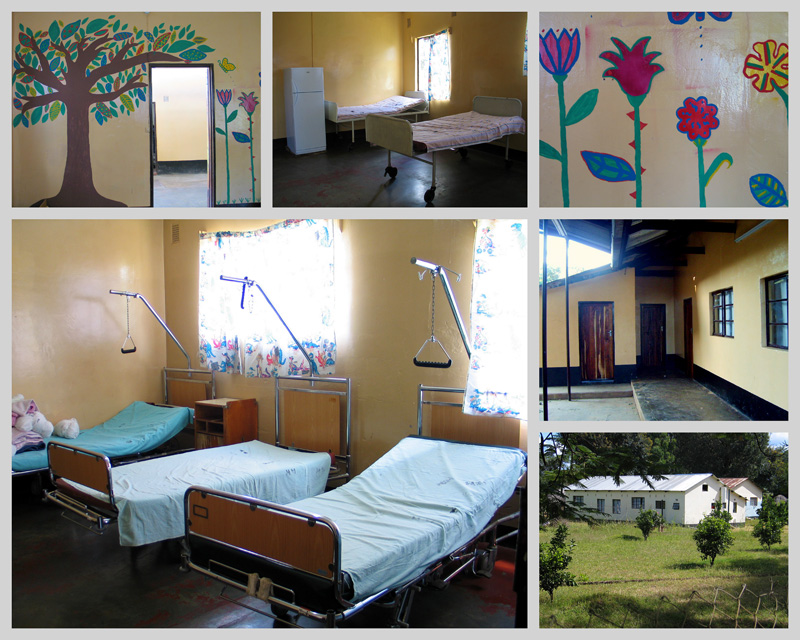The challenge of Reducing Child Mortality and Improving Maternal Health
Life Expectancy is very low in Zambia, around 40 years*. The only other country in the UN (Human Poverty Index (HPI-1) with a lower life expectancy is Zimbabwe. Zambia is ranked number 13 among the highest infant mortality rates of all the countries of the world. Infant Mortality rate: 101.2 deaths per 1000 live births. Mortality under age 5: 170 per 1000 live births (2007) Maternal mortality ratio* is 830 per 100,000 live births (2005). *Deaths from pregnancy-related causes. The leading causes of death (all ages) are HIV/AIDS, respiratory infections, malaria, diarrhoeal diseases, perinatal conditions and tuberculosis. The leading causes of death in children under 5 are neonatal causes, HIV/AIDS, diarrhoeal diseases, malaria and pneumonia.
Mpongwe Mission Hospital – One of the lowest infant mortality rates in Zambia
The Mpongwe hospital has an extremely low death rate at childbirth compared to other hospitals in Zambia. Through access to tested blood and a high competence from the personnel MMH has a big standard in this area.
Maternity, Prenatal and Anti-natal care
What is MMH doing?
We offer a complete range of maternity, prenatal and anti-natal care.
- Malaria prevention for pregnant women as well as iron supplements
- Mothers Shelter: Housing is available for mothers nearing their due date so that they are near the hospital when they go into labour. Many of them may have to walk 30 km to get to the hospital. They are without transportation so being close to the hospital improves their access to maternity care. (See pictures below)
- HIV/AIDS Prevention of mother to child transmission
- Ante Natal and Post Natal Care – including maternal education, vaccines, distribution of malaria nets
- Outreach to distant communities to provide these services on a regular basis. Babies are weighed and given vaccinations, pregnant mothers are monitored and given malaria prevention medicine and iron supplements. (See pictures below)
Care for Children suffering with the leading causes of death
- The hospital gives comprehensive care to children suffering from respiratory infection, malaria, diarrhoeal diseases, HIV/AIDS and TB.
- Infants: The hospital gives excellent maternity care and has one of the lowest death rates at childbirth of all Zambian hospitals.
Malnutrition Ward Program
Food insecurity is a problem in Zambia and in our region. With its fertile soil, Zambia is a country of opportunity for agriculture and Mpongwe is one of the better regions for agriculture. Nevertheless, food security remains a huge problem, partly due to hard weather conditions (heavy rains and drought) and techniques. 19 % of children under 5 suffer from moderate to severe underweight and 39% of moderate to severe stunting. The variety of food sources is limited and protein is often lacking from diets. Many survive on only maize. Subsistence farmers who lose their crops due to heavy rains (or no rain) have nothing to fall back on and children are often subjected to periods of lack of nourishment.
What are MMH and MBA doing about FOOD SECURITY?
Malnutrition clinic
- Our malnutrition clinic provides specialized care. The time it takes to treat a child can be from several weeks or months. This care requires specialist training of nurses, doctors and nutritionists.
- While a child is at the clinic parents are given education in nutrition in our open are cooking area.
- Patients are given supplemental nutrition as they go home.
Our Malnutrition Clinic was recently upgraded with a generous donation. In addition volunteers have given it a cheerful paint job.
In addition to what the hospital is doing the denomination MBA is playing a role in food security. An element of the development project is analyzing what can be done, together with churches to change the causes of food insecurity. An initial group of pastors, widows and church leaders were selected to attend to agricultural programs to get training that they can pass on to others. The planning will continue as community initiated interventions are identified.
*Life expectancy is 38.63 – 41.2 years depending on sources (2009 est.)
Mother’s Shelter
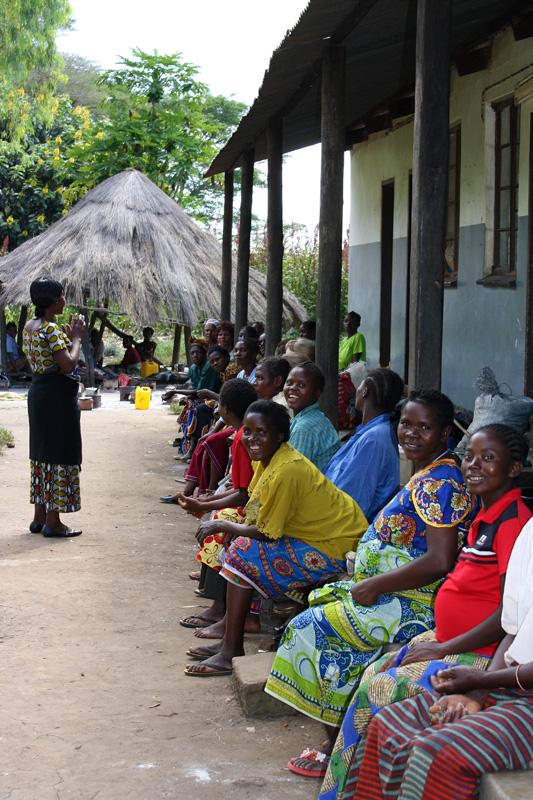
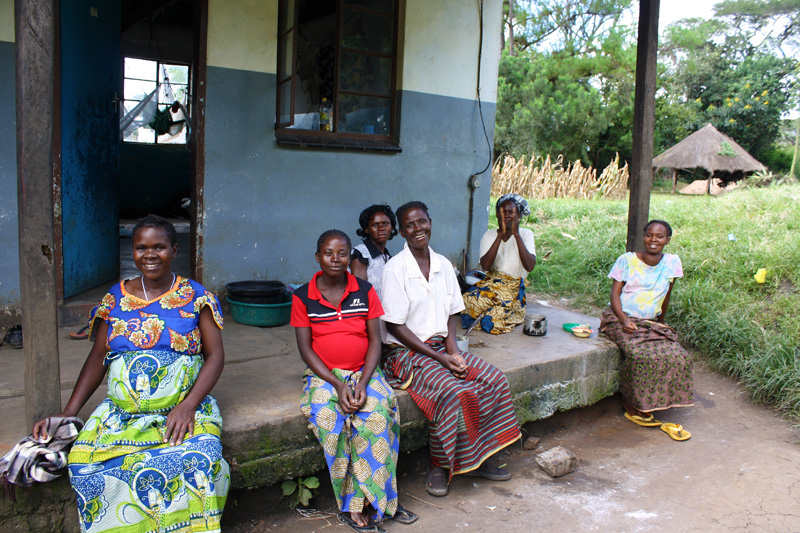



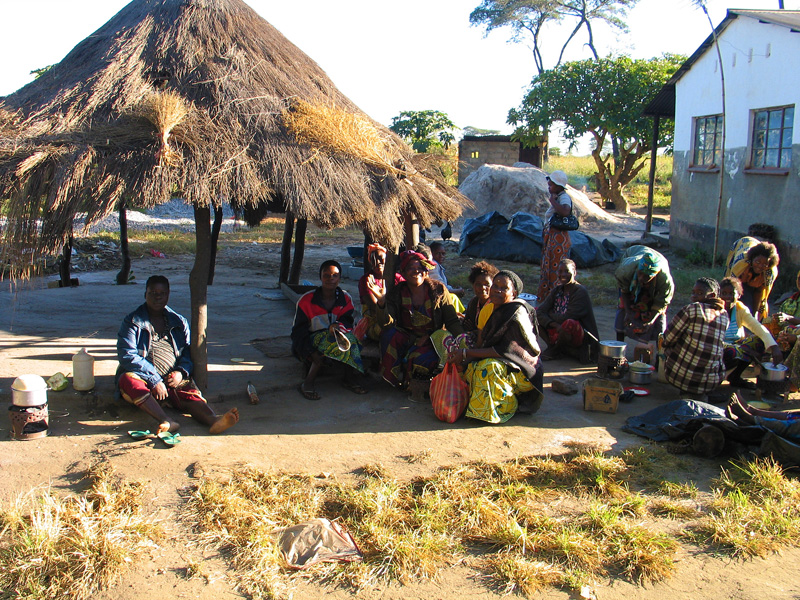




Mother Child Health Outreach
Maternity Ward
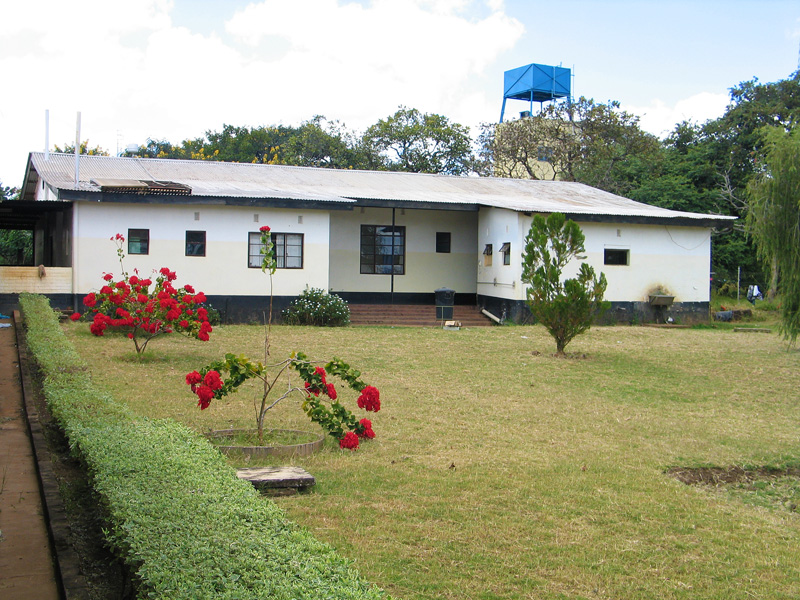

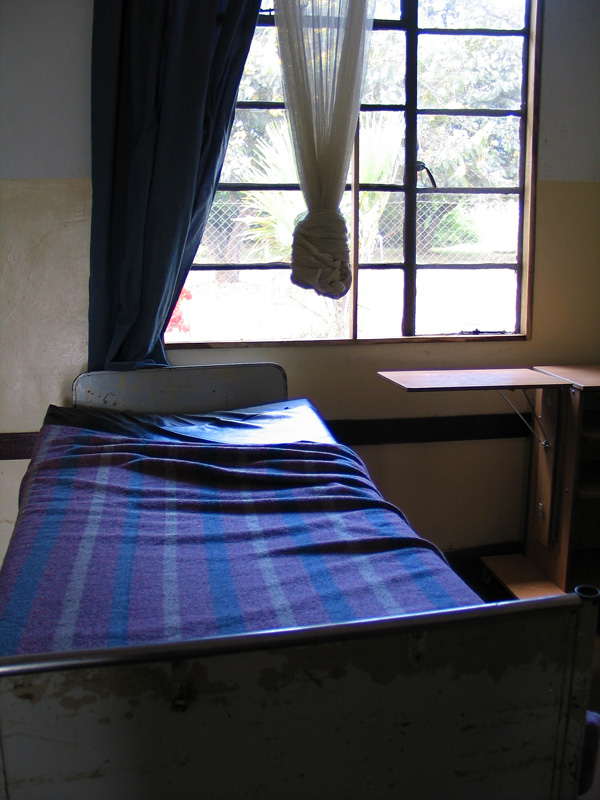


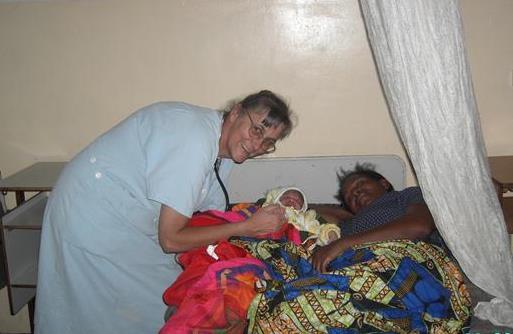
Labor Ward
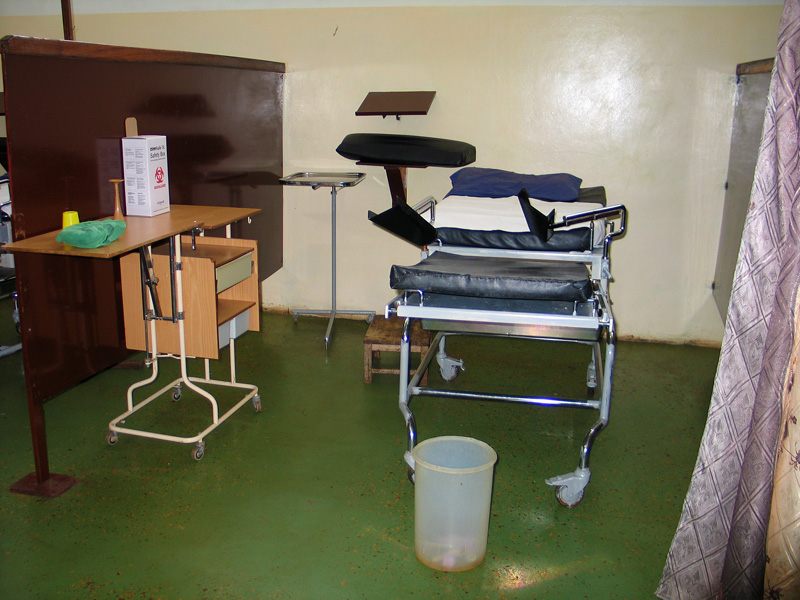
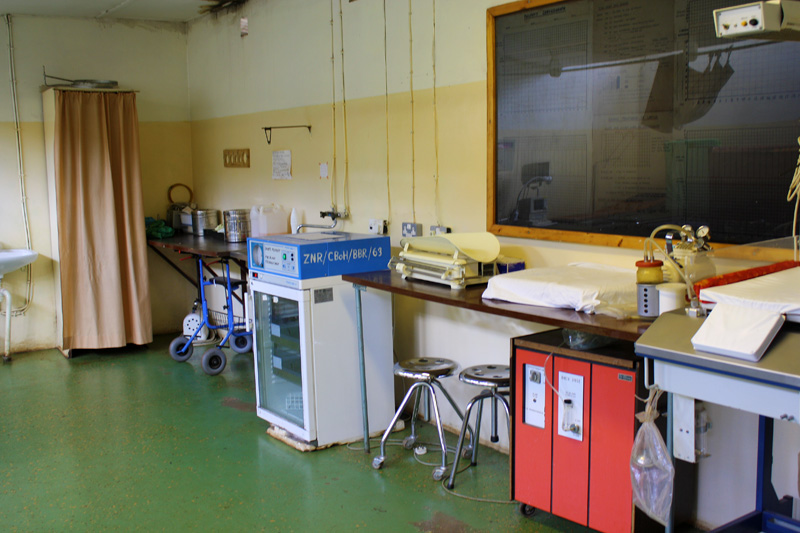
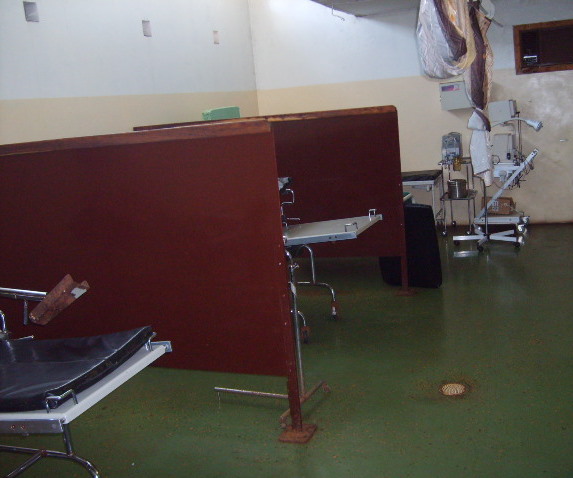

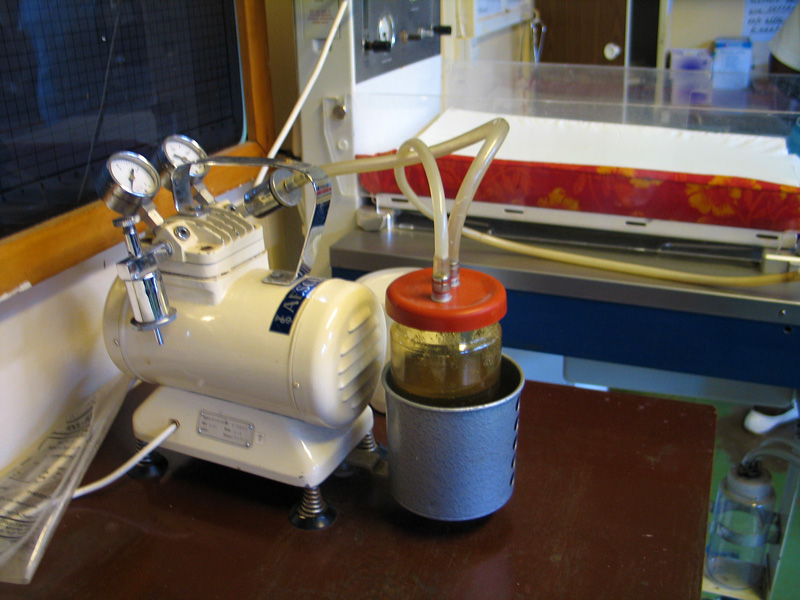

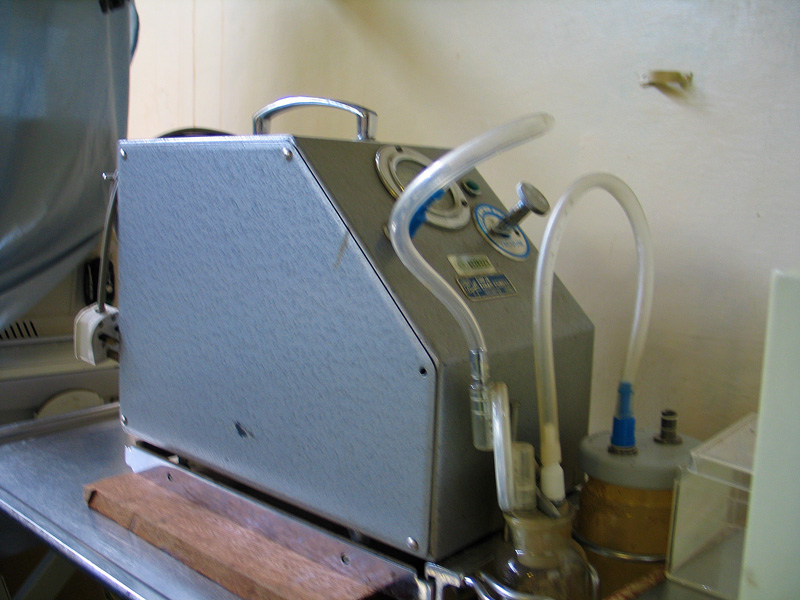
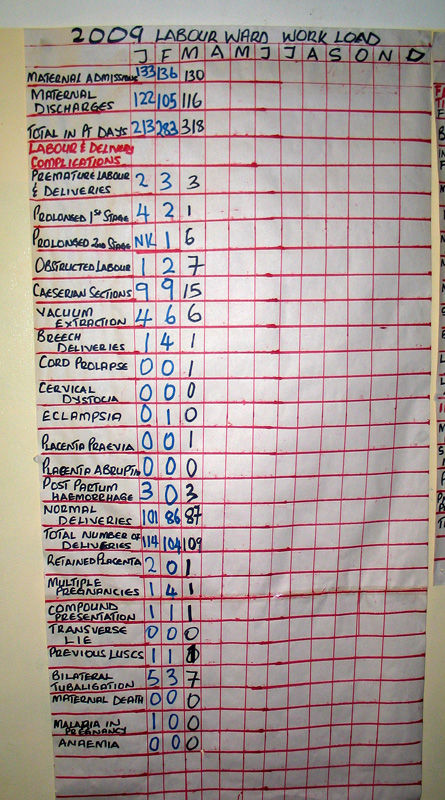

Childrens Ward
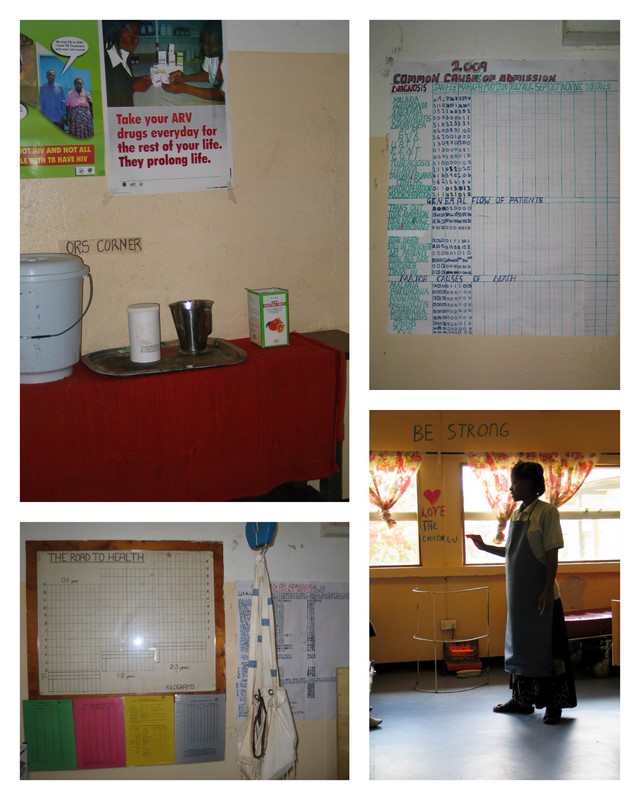
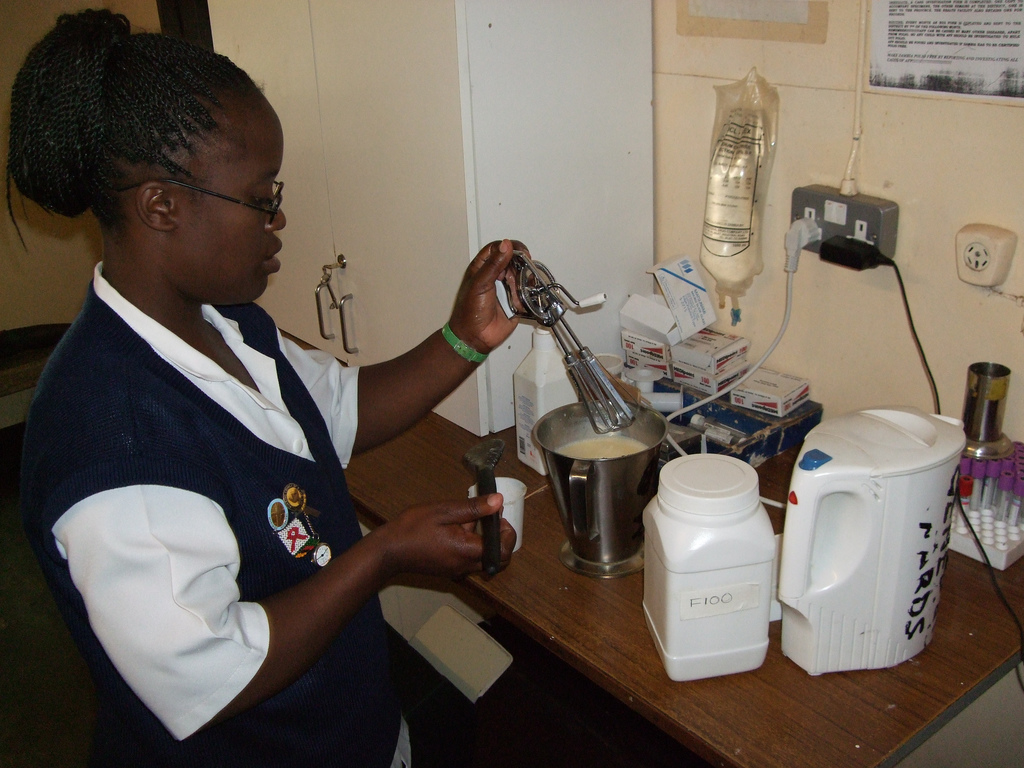



Malnutrition Clinic
